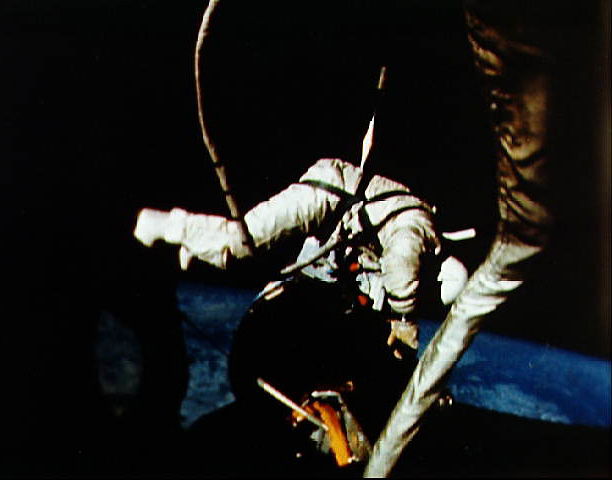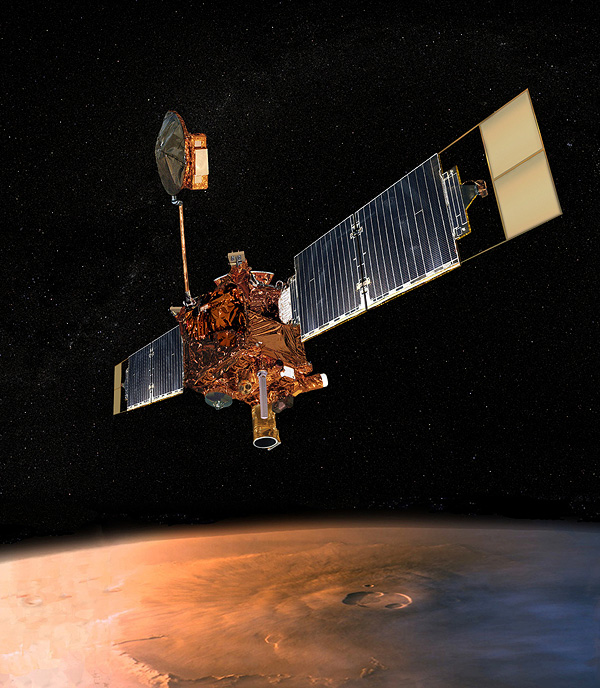I haven’t had a lot of space history posts recently. I try to limit myself to anniversaries in multiples of 5 years, to keep from repeating things, and to keep the pace from getting overwhelming. I also try not to include “routine” events like the launch of the Nth in a series of satellites … not that anything about space operations has become truly routine, of course. But here’s one for the record:
Five years ago today — October 26, 2006 — a Delta 2 rocket out of Cape Canaveral placed two solar observatories in orbit.

(STEREO spacecraft. NASA image.)
The Solar Terrestrial Relations Observatory consisted of two identical spacecraft, STEREO-A and STEREO-B. Once in space, the two satellites were allowed to drift into different heliocentric orbits: STEREO-B ahead of the Earth (leading), and STEREO-A behind the Earth (lagging). From those vantage points, their observations could be combined to image the Sun “stereographically” and predict whether a coronal mass ejection was heading toward the Earth.
On February 6th of this year, STEREO A and B reached 180 degrees of separation, which “enabled, for the first time, the simultaneous observation of the entire Sun.”
In other news, I’m heading to the World Fantasy Convention today. Folks have been urging me to go to WFC for years; it’s a small convention, primarily of SF&F professionals. It seems a little odd to think of myself as an SF&F professional in my own right, but my 3rd and 4th professional sales are forthcoming: more on those later, when the contracts are signed (or when the editors give me the okay).



 by
by 


















